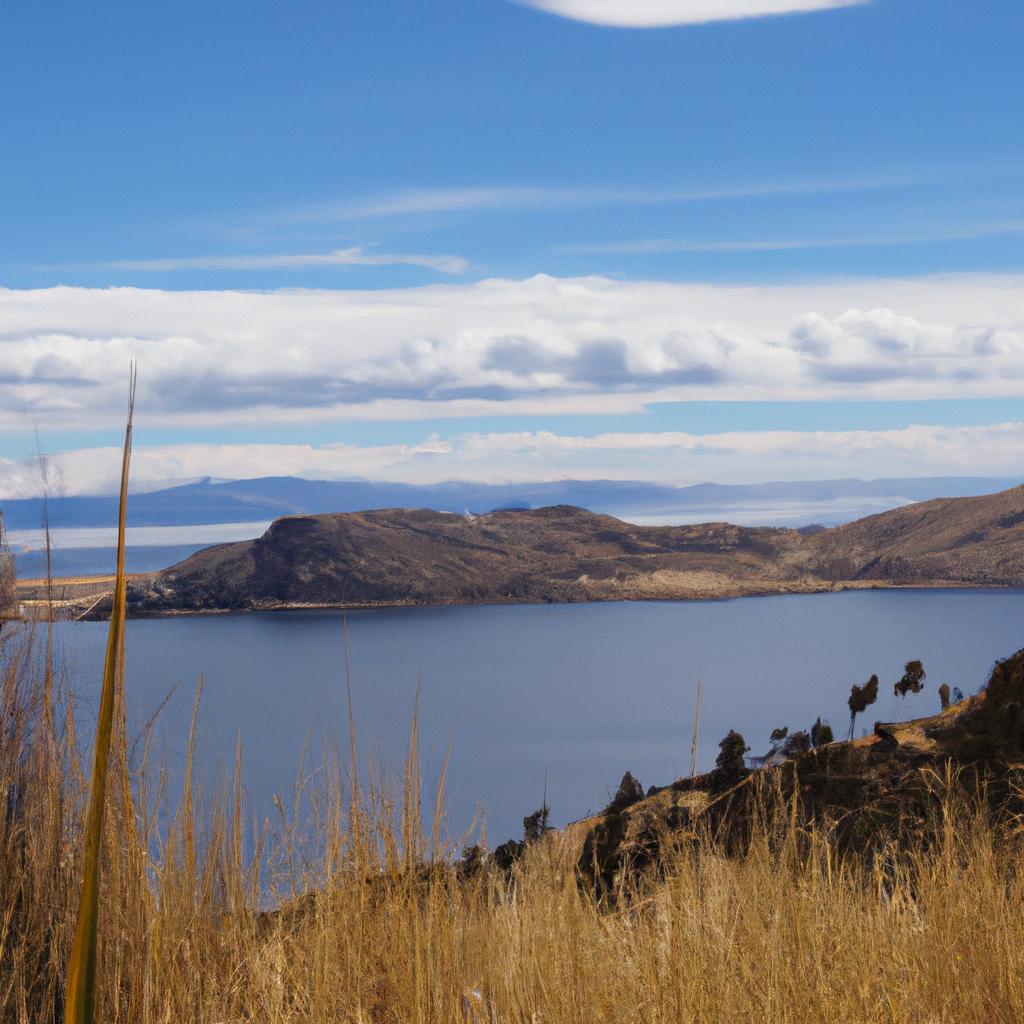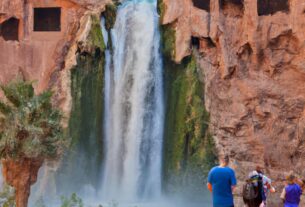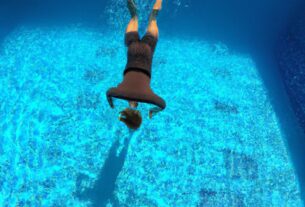Lago Titicaca, nestled in the mesmerizing Andes Mountains between Peru and Bolivia, is South America’s largest lake and one of the highest navigable lakes globally, boasting an elevation exceeding 3,800 meters. With its rich cultural significance, natural splendor, and unparalleled biodiversity, Lago Titicaca has become a sought-after destination for both tourists and researchers alike.
But what lies beneath the surface of this stunning lake? Why is it crucial to uncover the contents of Lago Titicaca? In this article, we embark on a journey to reveal the answers to these questions and more, unveiling the hidden treasures of this awe-inspiring body of water.
The Geographical Features of Lago Titicaca
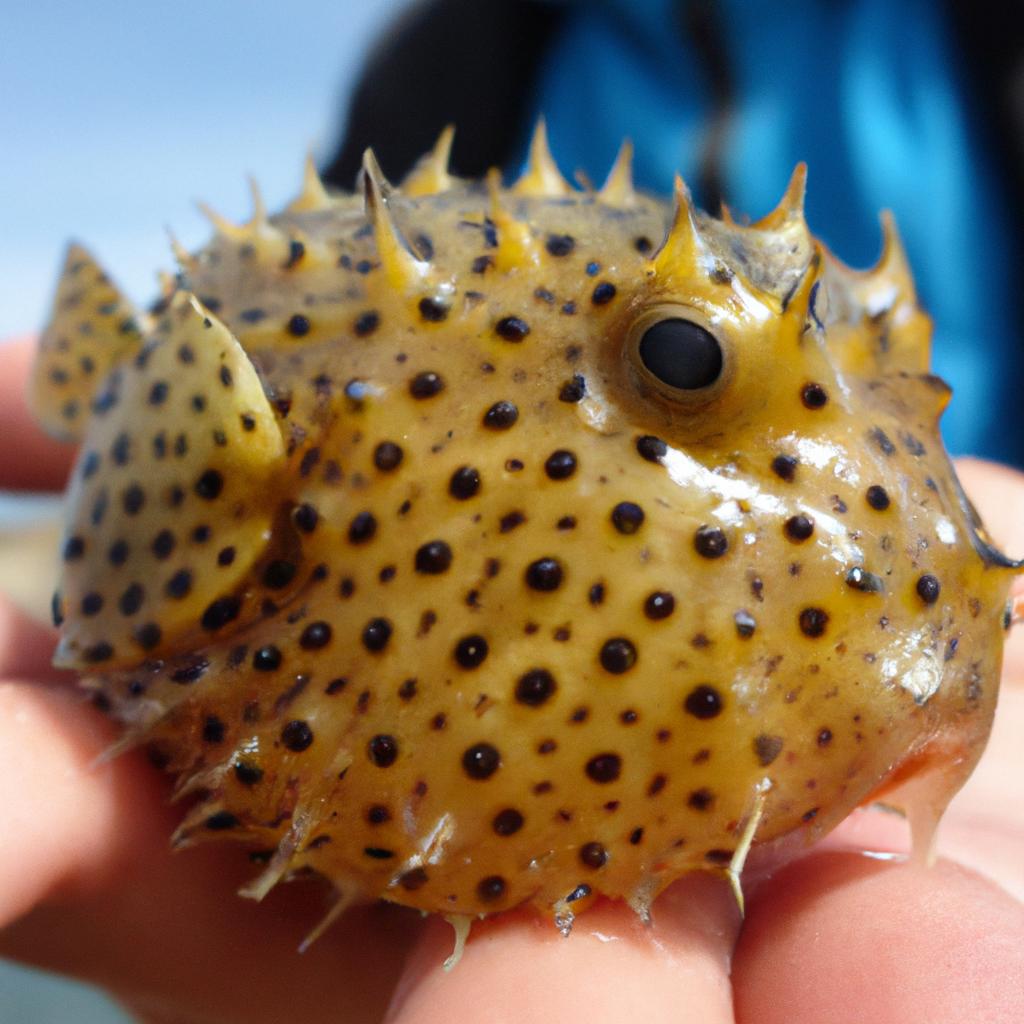
Location and Size
Lago Titicaca finds its home in the enchanting Andes Mountains, straddling the border between Peru and Bolivia. It spans an expansive area of approximately 8,372 km² and reaches a maximum depth of 281 meters.
Topography of the Lake’s Basin and Surrounding Areas
This remarkable lake is encompassed by majestic mountains, including the Cordillera Real and the Cordillera Apolobamba. Its waters extend across two lofty plateaus—the Altiplano in Bolivia and the Puno Plateau in Peru. The lake’s surroundings feature wetlands and marshy regions, which serve as vital habitats for numerous plant and animal species.
The Lake’s Water Sources and Tributaries
Lago Titicaca is nourished by several rivers, such as the Ramis, Coata, Huancané, and Suchez. Rainfall and snowmelt from the encircling mountains serve as the primary water sources for the lake. The annual replenishment of its waters positions Lago Titicaca as a crucial freshwater reservoir, sustaining millions of people residing in the neighboring areas.
The Flora and Fauna of Lago Titicaca
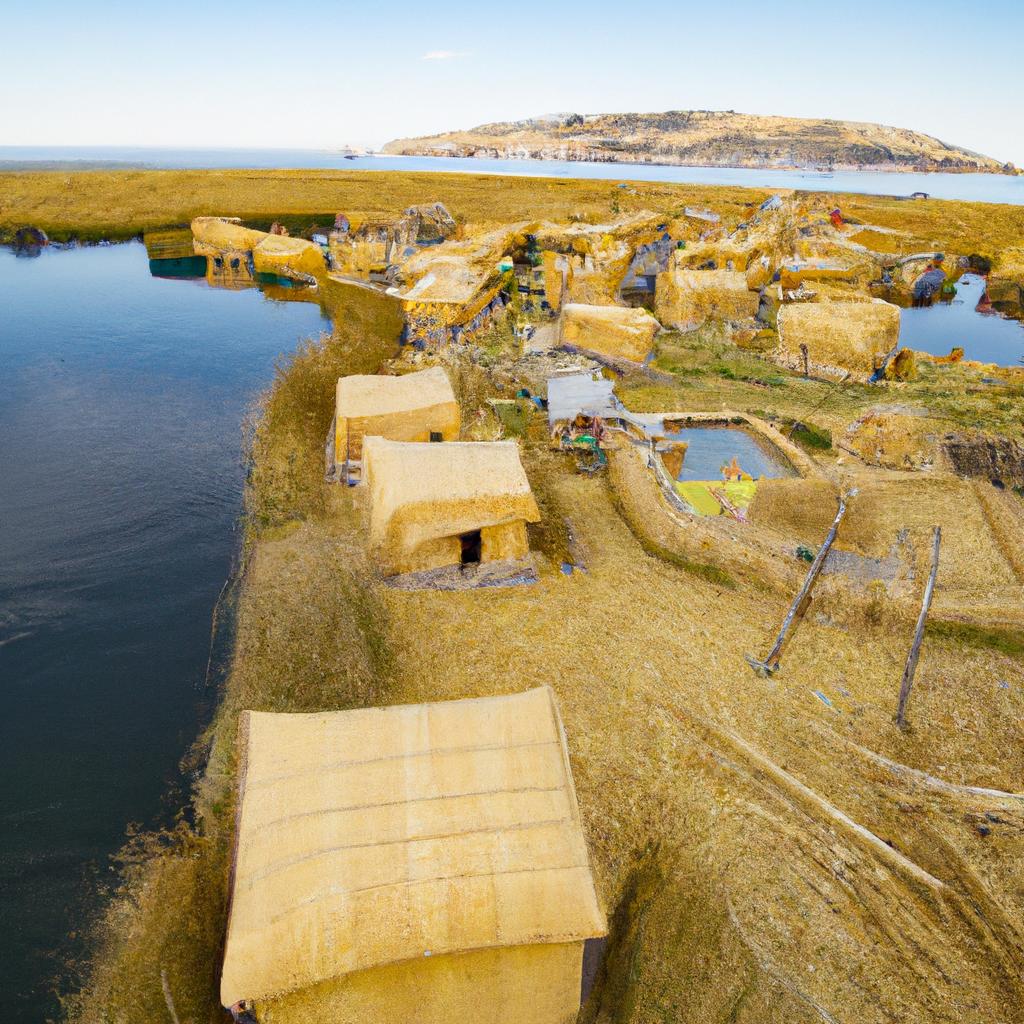
Lago Titicaca’s unique ecosystem shelters a diverse array of flora and fauna, harboring over 500 aquatic species and 60 terrestrial species within its waters and environs. The lake’s biodiversity plays a critical role in the lives of the nearby communities who depend on it for sustenance, water, and cultural practices.
Overview of the Lake’s Biodiversity
The aquatic species dwelling in the lake encompass various fish species, including the Andean catfish, the Orestias, and the Killifish. Additionally, several amphibian species, such as the endemic and critically endangered Titicaca water frog, call Lago Titicaca their home.
On the lake’s periphery, unique avian species like the Andean gull, the Puna ibis, and the Andean flamingo grace the skies. The surrounding wetlands provide a habitat for diverse mammals, including the Andean fox and the vicuña—a relative of the alpaca.
Endemic Species Found in the Lake and its Surrounding Areas
Lago Titicaca boasts several endemic species—creatures found solely within this geographic region. The most renowned among them is the Titicaca water frog, the world’s largest aquatic frog exclusive to Lago Titicaca and its tributaries.
Other notable endemic species inhabiting the lake and its surroundings include the Andean catfish, the Orestias, and the Killifish. These fish species have adapted to the unique environmental conditions prevailing in Lago Titicaca, such as its high altitude, low oxygen levels, and chilly temperatures.
Factors Affecting the Lake’s Ecosystem
The fragile ecosystem of Lago Titicaca faces numerous threats, including pollution, overfishing, and climate change. Pollution stemming from agricultural runoff, mining activities, and domestic waste profoundly impacts the lake; elevated levels of heavy metals and organic pollutants have been detected in its waters.
Overfishing poses another significant problem, resulting in the decline of several fish species, such as the Andean catfish, due to unsustainable practices. Climate change exacerbates these issues by impacting the lake’s water levels, water quality, and biodiversity through rising temperatures and altered weather patterns.
Understanding the flora and fauna of Lago Titicaca is of paramount importance for preserving the delicate balance of its ecosystem and safeguarding the unique species that inhabit it. By joining forces and addressing the environmental challenges confronting the lake, we can ensure that this breathtaking body of water remains an invaluable cultural and ecological resource for generations to come.
The Cultural Significance of Lago Titicaca
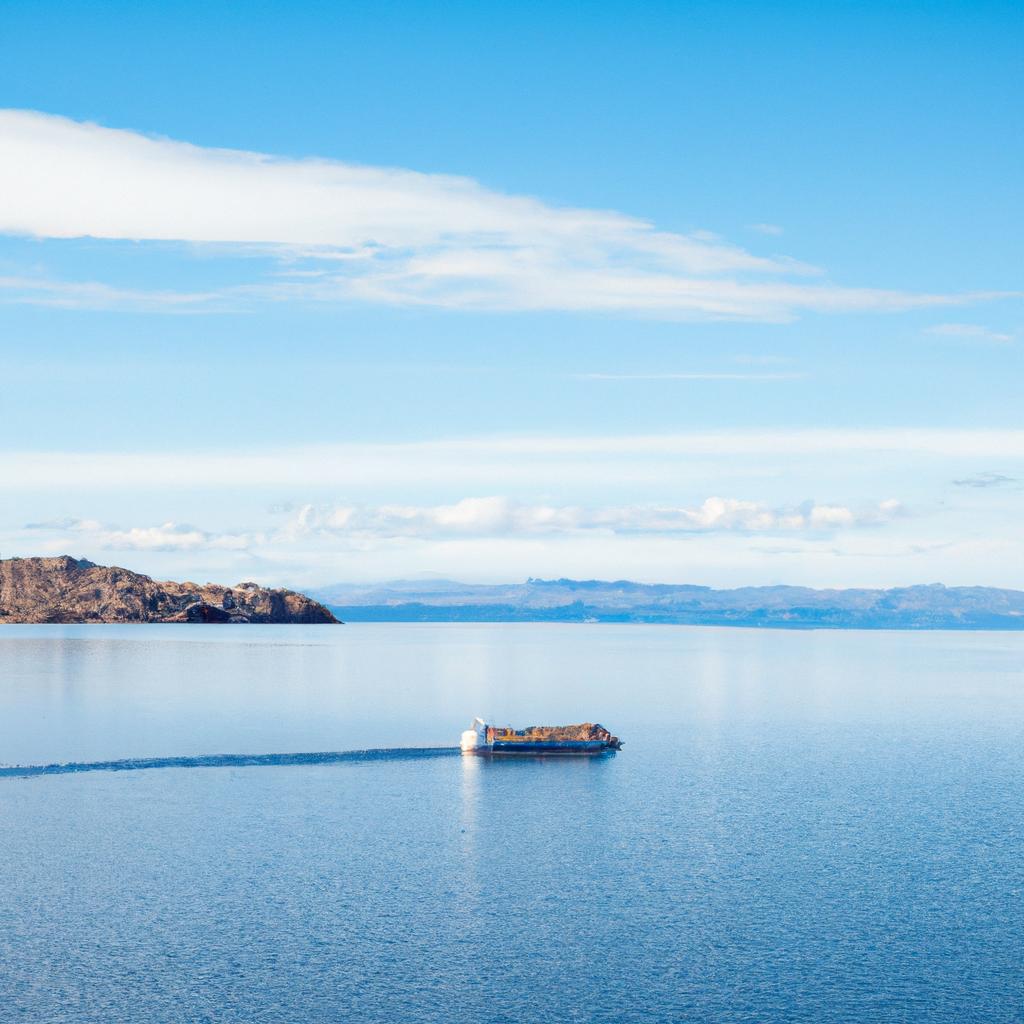
Lago Titicaca is not only a natural marvel but also a revered cultural and historical landmark. The lake assumes a pivotal role in Incan mythology and religion, with the Inca civilization believing that their god originated from its waters. It was considered a sacred space where the Inca people could commune with their deities.
Indigenous communities residing around Lago Titicaca have relied upon this lake for thousands of years, utilizing its resources for their sustenance. Fishing, farming, and transportation have been integral to their existence, leading to the development of unique ways to coexist harmoniously with the lake’s ecosystem.
In the present day, Lago Titicaca retains its cultural significance, as local communities continue practicing traditional customs. Visitors have the opportunity to witness these time-honored traditions, immersing themselves in the history and culture of the region. Tourism, furthermore, plays a significant role in the local economy, attracting visitors from across the globe who seek to experience the lake’s beauty and cultural heritage.
However, it is critical to maintain the cultural integrity of the area and ensure that it is not exploited for commercial gain as tourism flourishes. Striking a balance between economic development and cultural preservation, responsible tourism that supports the local economy while safeguarding the lake’s cultural significance becomes imperative.
In conclusion, the cultural significance of Lago Titicaca forms an indispensable part of its history and identity. Preserving and comprehending the cultural practices and traditions surrounding the lake remain as crucial as protecting its natural ecosystem. As visitors to this region, we shoulder the responsibility of promoting responsible tourism and demonstrating respect for the local culture, guaranteeing that the lake’s cultural significance can be cherished by generations to come.
The Environmental Challenges Faced by Lago Titicaca
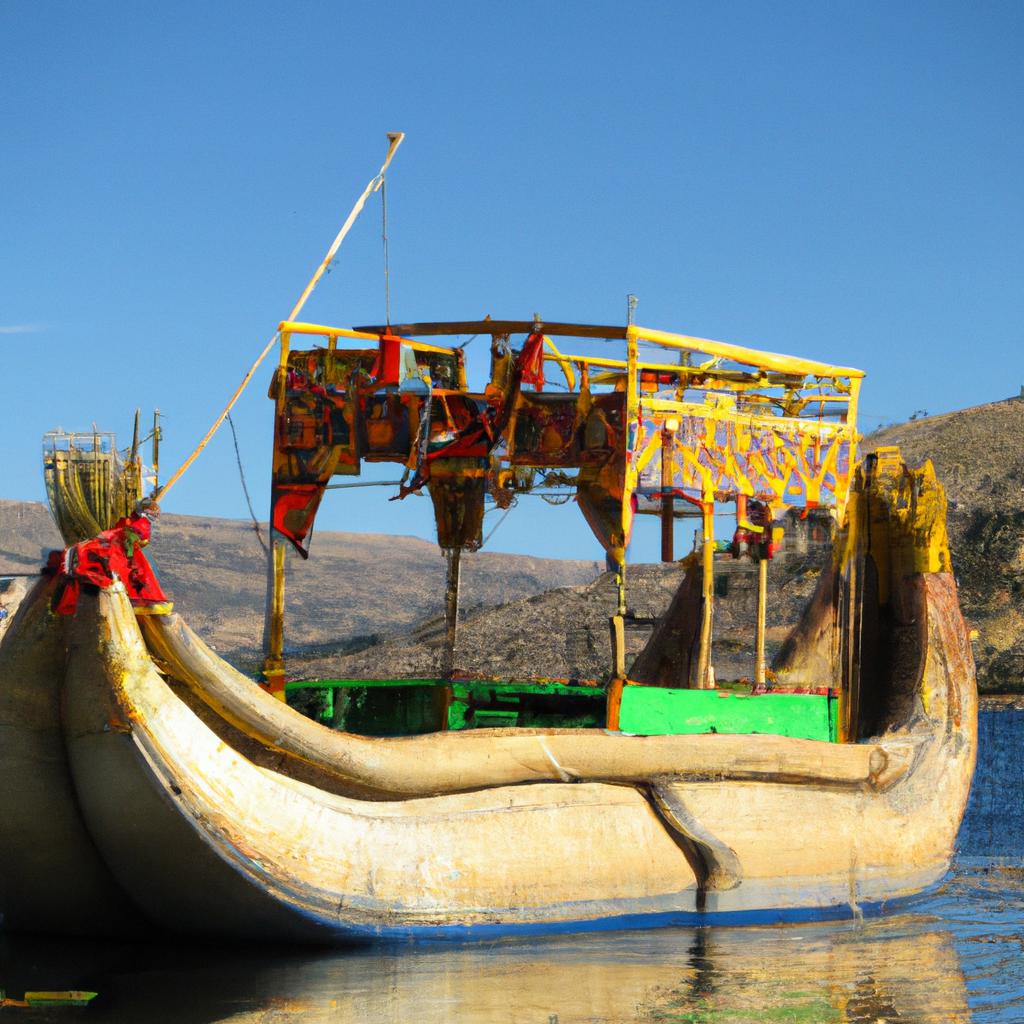
Lago Titicaca confronts several environmental challenges that jeopardize its ecosystem and the cultural significance it holds. Pollution and inadequate waste management pose pressing concerns, with untreated sewage and agricultural runoff polluting the lake’s pristine waters. These pollutants pose risks to the flora, fauna, and even human health, as local communities rely on the lake for drinking water and fishing.
In addition to pollution, climate change presents a significant threat to Lago Titicaca. Global warming has triggered glacial melting and changes in rainfall patterns, impacting the lake’s water levels and temperature. These alterations can harm the lake’s unique biodiversity and disrupt the time-honored practices of indigenous communities reliant on the lake’s resources.
Despite these challenges, there exist conservation efforts and initiatives aimed at safeguarding Lago Titicaca and its ecosystem. The Peruvian and Bolivian governments have enacted policies to enhance waste management and reduce pollution, which includes the construction of wastewater treatment plants. Collaborating with local communities, international organizations and NGOs have promoted sustainable tourism and fishing practices, thereby preserving the lake’s resources for future generations.
In conclusion, the environmental challenges faced by Lago Titicaca are formidable, but there is hope on the horizon. By working collectively to address pollution, climate change, and other looming threats, we can protect this extraordinary body of water and preserve its unparalleled biodiversity and cultural significance for posterity.
Conclusion
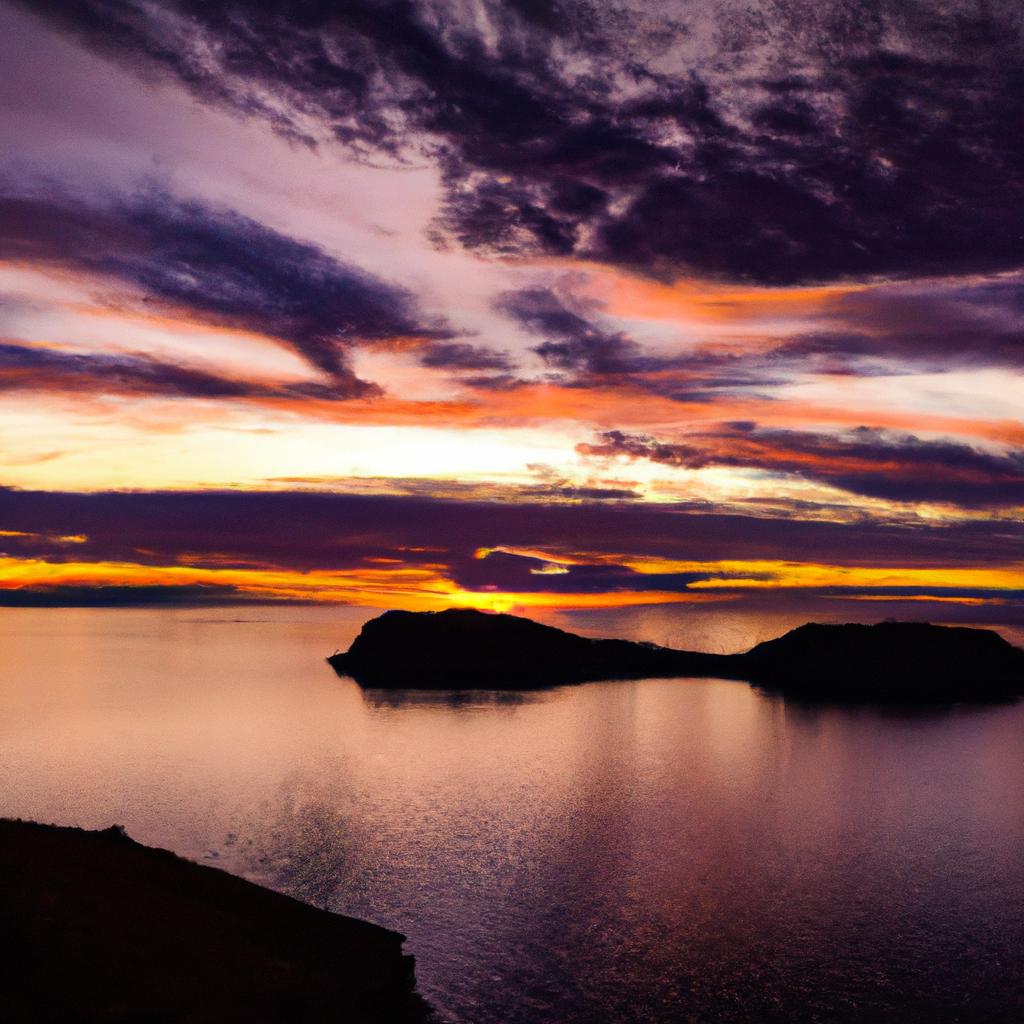
In conclusion, our exploration of Lago Titicaca has unveiled the wonders concealed within this captivating body of water. From its diverse flora and fauna to its cultural and historical importance, the lake is a treasure trove brimming with natural and cultural marvels.
Nonetheless, as we have discovered, Lago Titicaca must confront environmental challenges like pollution and climate change that endanger its delicate equilibrium. It is vital for us to comprehend the lake’s contents in order to conserve its extraordinary biodiversity and uphold its cultural significance for the generations that will follow.
As a website dedicated to nature, gardening, and animals, TooLacks urges all its readers to support conservation efforts and engage in responsible tourism within the area. By doing so, we can ensure that the contents of Lago Titicaca perpetually inspire wonder and awe for years to come.
Citations and Relevant Hyperlinks:
